The online guide to Christoph Wilibald Gluck’s aria CHE FARO SENZA EURIDICE
Read Interesting facts and hear great YouTube Videos about Gluck’s famous Aria “CHE FARO SENZA EURIDICE“.
If you want to read and hear more about ORFEO ED EURIDICE, click on this link to the opera portrait
The aria – synopsis and background
Synopsis: Orfeo’s beloved Euridice has died. He decides to go into the underworld to snatch Eurydice from the realm of the dead. Cupid, the angel of love appears and announces that Apollo is moved by his grief and grants him the right to descend into the underworld. But Apollo makes one condition, he must not look at her, otherwise he will lose her forever. To enter in the underworld Orpheus calms the Furies with the music of his voice and he reaches the Island of the Blessed Spirits, where Euridice enjoys the peace and magic of this island. Orpheus takes Eurydice with him without touching her or looking at her. Eurydice is happy to be reunited with Orpheus, but is irritated by Orpheus’ reticence that Orpheus neither touches nor looks at her. Orpheus asks her to trust him and accompany him. But Eurydice sees no point in leaving paradise for a life without Orpheus’ love.
Gluck’s piece for Euridice has become one of the most famous arias ever and the discography includes countless recordings of singers of the most varied vocal ranges. Since Gluck wrote a version for Vienna as well as for Paris, there is a French (“J’ai perdu mon Euridice”) as well as an Italian version (“Che faro senza Euridice”).
Gluck wrote this lament in a major key, although Euridice’s despair at Orfeo’s supposed coldness during the aria is steadily increasing. Hanslick, the famous critic of the 19th century, said that the music of this aria could just as well have been written with the line “J’ai trouvé mon Euridice” instead of “J’ai perdu mon Euridice”.
But Gluck’s choice of key was deliberate. The mourning was to be achieved with the simplicity of the aria and the orchestral accompaniment, only briefly turning to the minor key. Contrary to opera seria conventions, the reformist Gluck wanted to eliminate all artificial ornamentation of the singers and deliberately dispensed with ornamentation. This aspect (see also the interpretations below) led to the discussion whether ornamentation is permitted in this aria.
However, the effect that Gluck made with this aria is grandiose, contemporaries like Rousseau were enthusiastic and the aria became perhaps the first super-hit in opera history.
The aria is written in the form of a rondo, the main theme returning twice (A-B-A-C-A). It begins with an almost cheerful Allegretto by the orchestra, but its dotted strings indicate Euridice’s excitement:
The large and long “rispondi” is a highlight and ends in a dramatic forte:
A sudden change to the Adagio, Euridice’s begging for an answer is a short, quivering love song:
The piece returns to the Allegretto, which ends in a desperate cry of “Euridice”:
After a passage of quiet desperation written in piano, Gluck raises dispair with a big crescendo:
The mood turns tragic, the key changes to a minor key:
The aria ends with the question “Where will I go without my beloved”:
The Aria – the text of CHE FARO SENZA EURIDICE
Che farò senza Euridice?
Dove andrò senza il mio ben?
Che farò? Dove andrò?
Che farò senza il mio ben?Dove andrò senza il mio ben?
Euridice! Euridice!
O Dio! Rispondi! Rispondi!
Io son pure il tuo fedele!
What shall I do without Eurydice?
Where will I go without my good?
What shall I do? Where shall I go?
What shall I do without my blessing?Where shall I go without my blessing?
Eurydice! Eurydice!
O God! Answer me! Answer me!
I am also your faithful one!
Ah! I have no more hope,
no more hope from the world, nor from heaven!
Famous interpretations of CHE FARO SENZA EURIDICE
For many contemporaries Kathleen Ferrier’s expression and warmth of voice was unique. Bruno Walter, a close companion of her short career, wrote after her early death that she was, next to Gustav Mahler, the greatest personal acquaintance of his musical life. Kathleen Ferrier died of breast cancer in 1951 at the age of 41. She had just rehearsed the Orfeo. The interpretation (a live radio recording) is a brilliant document of her voice: soul-stirring warmth, expressive vibrato and ethereal pianissimi.
Che faro senza Euridice – Ferrier
Ferrier was one of Janet Baker’s role model, who shared the voice fach of alto with her. Janet Baker was a world-renowned oratorio and lieder singer, but only sang opera in the British Isles, mainly in Glyndebourne and Scotland. She sang the Orfeo at her farewell performance in 1982 and once again caused a sensation with her soulful interpretation.
Che faro senza Eurydice – Baker
Marylin Horne was an extremely versatile singer, she had a rich mezzo-sopran
o and great technique.
Che faro senza Eurydice – Horne
A heavenly interpretation by Tito Schipa, delicate but passionate.
Che faro senza Euridice – Schipa
Lee Ragin, a countertenor with an expressive interpretation with ornaments.
Che faro senza Eurydice – Lee Ragin
In 2015 Juan Diego Florez added the Orfeo to his repertoire. Florez was a moving Orfeo.
Che faro senza Euridice – Florez
A great, valid interpretation of Magdalene Kozena.
J’ai perdue mon Eurydice – Kozena
For him it was an unfamiliar tessitura for this aria, but the warmth of Pavarott’s voice captivates the listener.
Che faro senza Eurydice – Pavarotti
An interpretation by a countertenor, Jochen Kowalski, slightly ornamented, as it was possibly sung by the castrato Guadagni (the first Orfeo).
Che faro senza Eurydice – Kowalski
Maria Callas was an outstanding Gluck interpreter. However, in her performance practice and discography the operas Alceste and Iphigenie in Tauris played the more important role. This recording is from the late stage of her carreer.
J’ai perdu mon Eurydice – Callas
We hear a Russian version by the Russian tenor Ivan Kozlowski (1900-1993), which has been transposed down a tone. The Russian tenor tradition brought out many tenors with high tessitura, Kozlovski was the most famous in the 20th century. His interpretation is emotional, Lopper spoke of “the juicy sweetness”.
Che faro senza Eurydice – Kozlowski
Peter Lutz, opera-inside, the online opera guide to the song “CHE FARO SENZA EURIDICE” from the opera “Orfeo e Euridice” from Christoph Wilibald Gluck.

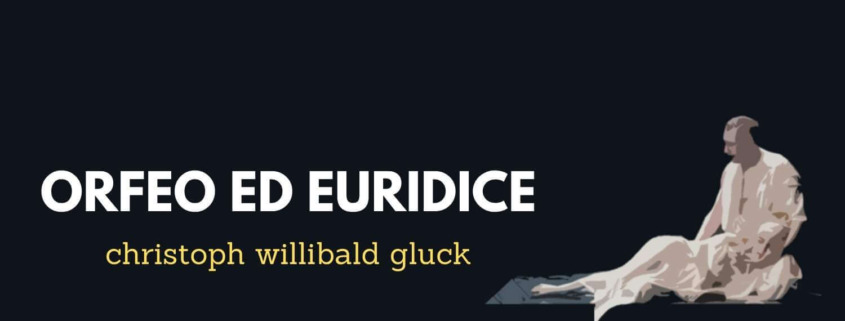

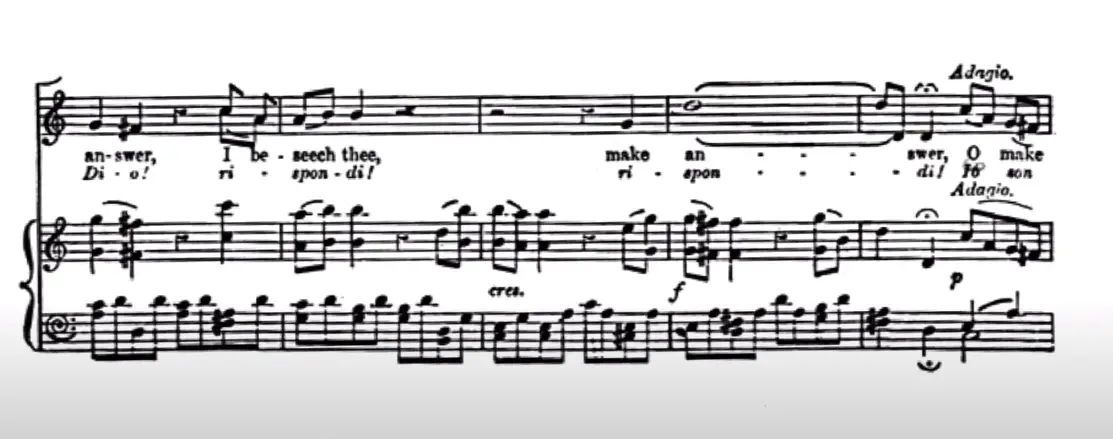
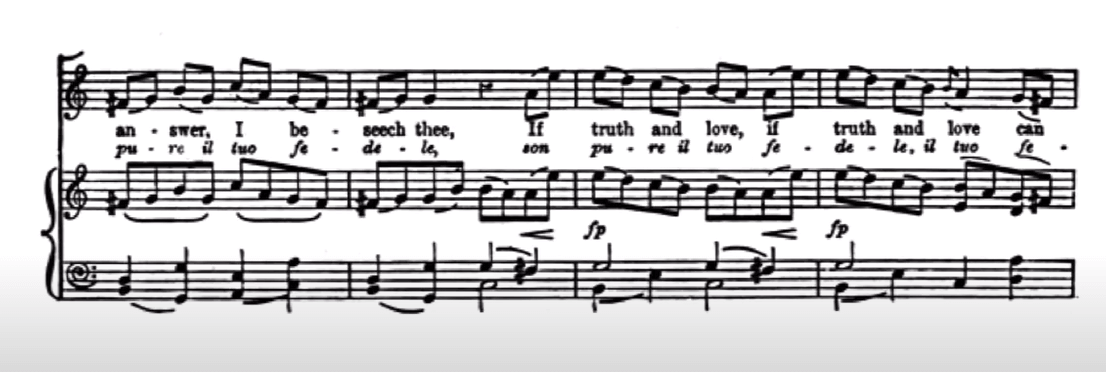
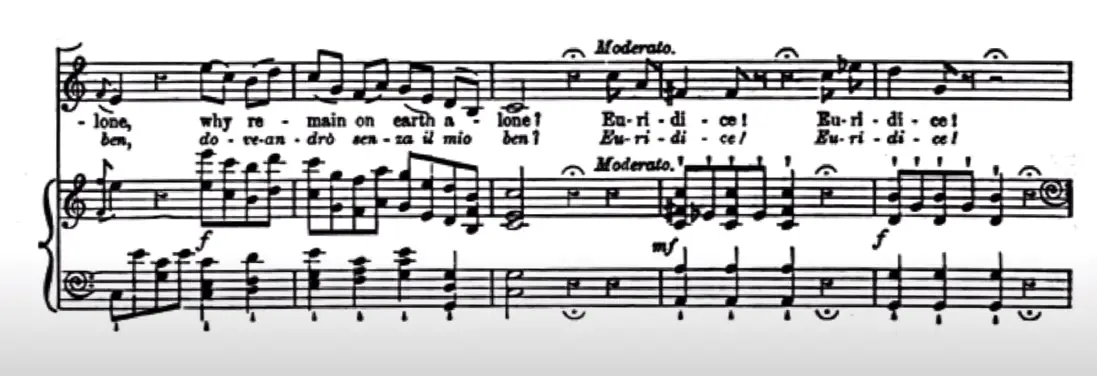
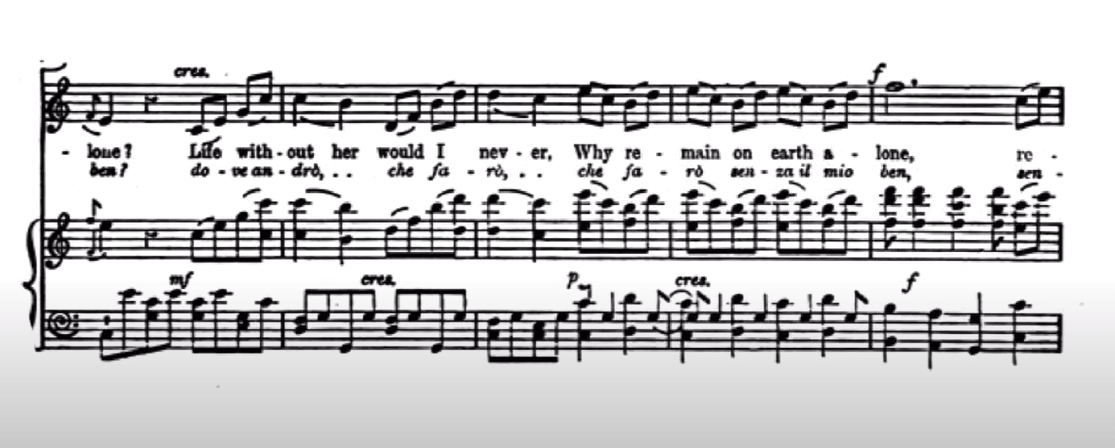
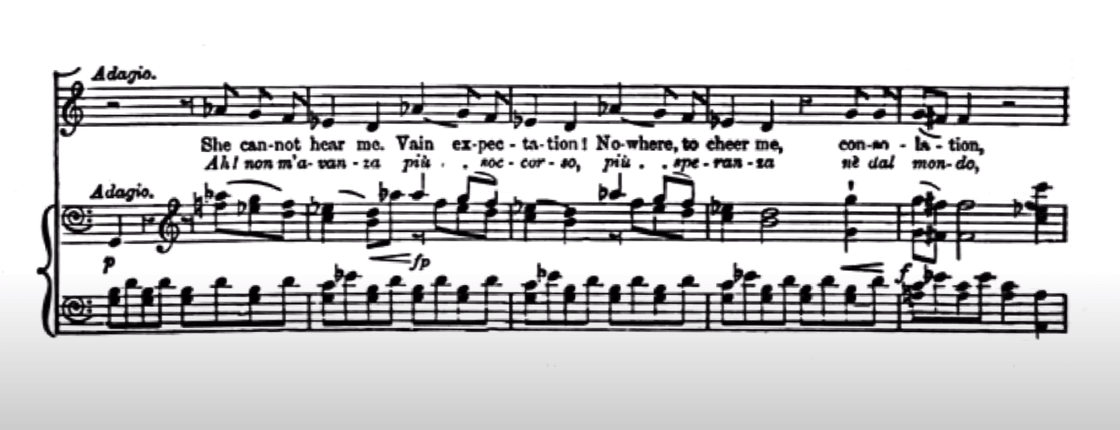
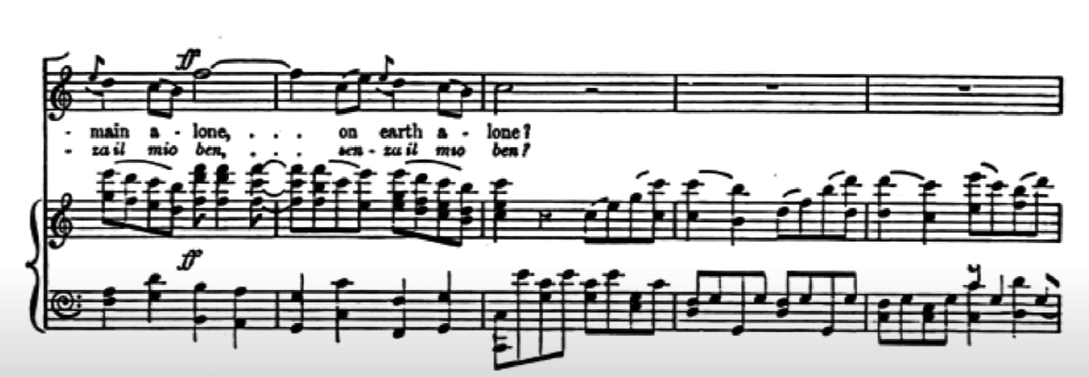


Leave a Reply
Want to join the discussion?Feel free to contribute!